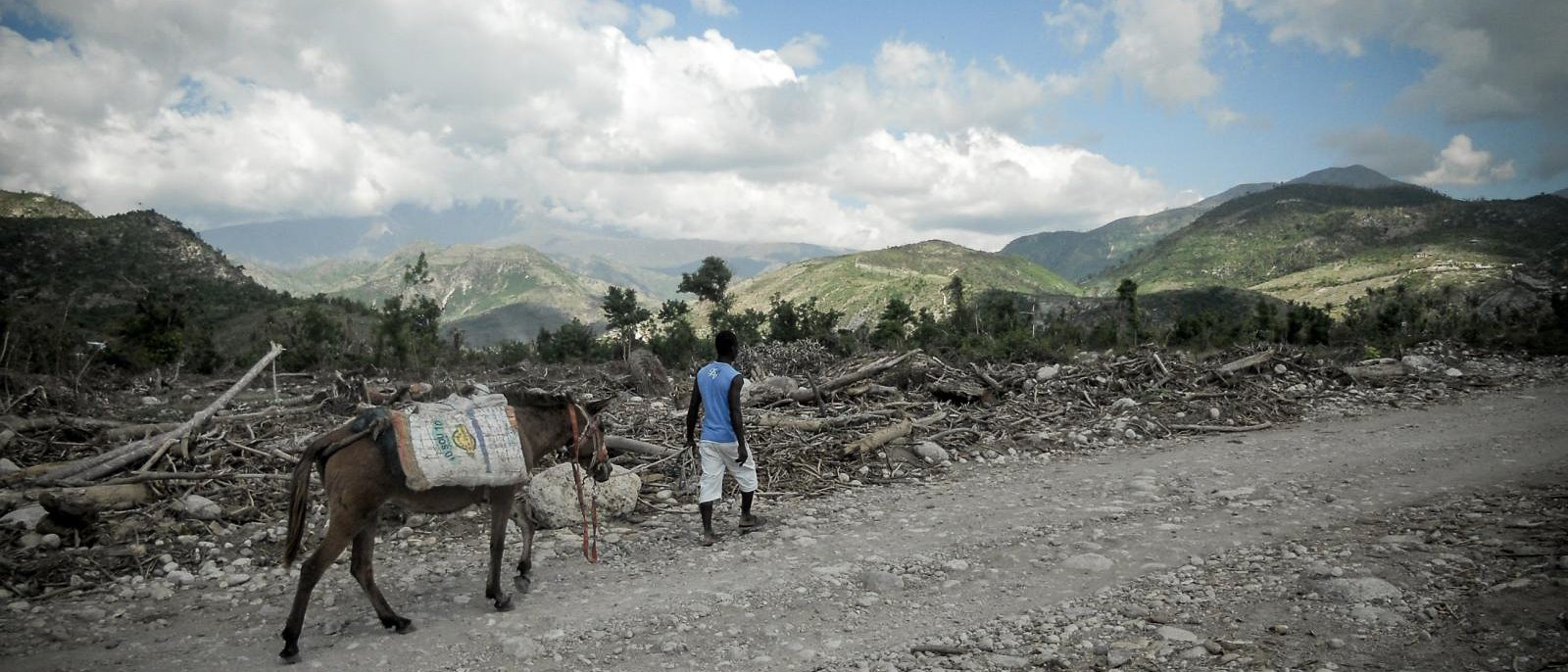Inside BENEO’s new pulse plant: pioneering sustainable protein from faba beans
Nearly half of Haiti’s population is facing acute food insecurity
Haiti is in the grip of a worsening humanitarian crisis, with nearly half of the population likely facing acute food insecurity, according to the latest Integrated Food Security Classification (IPC) analysis. The Food and Agriculture Organization of the United Nations (FAO) warns of dire consequences unless urgent action is taken to address the root causes of this crisis.
Around 4.97 million people are experiencing or will likely experience high levels of acute food insecurity between March and June 2024. Of these, 1.64 million people (17 per cent of the analysed population) are classified in IPC Phase 4 (Emergency), who are mostly concentrated in eight areas including the Artibonite valley, rural areas of La Grand’Anse, La Gonâve, the transverse part of the West and impoverished neighbourhoods Cité Soleil, Croix de Bouquets and Port-au-Prince. These figures show a stark deterioration of food security in Haiti, with 532,000 additional people experiencing acute food insecurity compared to previous estimates for the same period.
The hunger crisis is fuelled by a myriad of factors, including escalating armed gang violence, economic shocks, low agricultural yields, below-average rainfall, the lingering impacts of the August 2021 earthquake along with successive floods and reduced access to humanitarian aid.
Violence perpetrated by armed groups has intensified in recent months, resulting in the internal displacement of approximately 362,000 people, including 50,000 displaced within the last three months, according to IOM.
This escalation in violence not only disrupts the circulation of goods and restricts access to markets but also inflates the prices of essential food items in an already fragile context. El Niño has compounded agricultural challenges, particularly affecting crop producers.
Delays in the rainy season and rainfall deficits have significantly impacted the outcome of the 2023 spring season, typically representing half of the national agricultural production. Heavy rains and severe flooding in mid-November 2023 have damaged crops, homes and infrastructure. Local agricultural production deficits and market supply chain dysfunction have kept food prices high, hindering access to food. In 2023, agricultural production plummeted by around 39 per cent for maize, 34 per cent for rice and 22 per cent for sorghum compared to the five-year average.
Agriculture stands as a vital lifeline for Haitians, with over 75 per cent of the most food-insecure people residing in rural areas. Urgent support is needed to boost agricultural and livestock production, ensuring the availability of and access to food for vulnerable farming families and communities.

